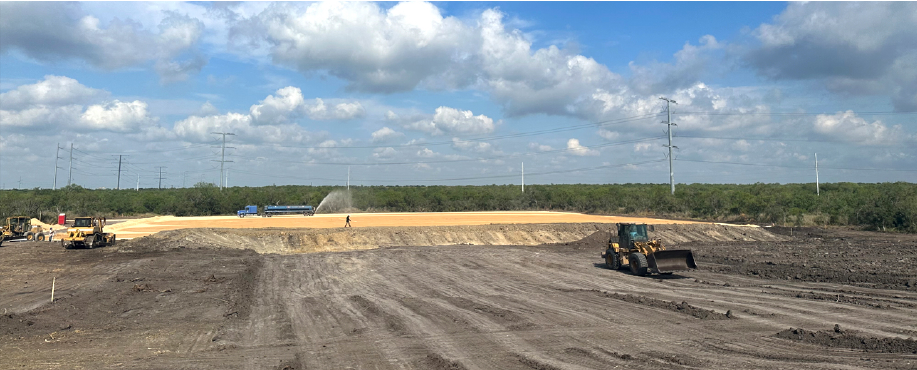“I would not be in this business if we would not think we can produce competitively priced energy”, said Mike Eros from Sage Geosystems during his talk in the Geothermal Hub at the IMAGE conference in August. The challenge? Provide baseload carbon-free energy as and when required, compensating for intermittency that comes with wind and solar.
In order to do that, the company is testing a new development concept within the family of deep geothermal solutions. And in contrast to what initiatives like Fervo and FORGE are testing, with the completion of two wells and circulating water from one to the other, the Sage system is dependent on just one.
The basic concept includes the creation of vertical fracs in a sufficiently deep and low-permeability succession in the deep subsurface. Water is subsequently injected into these fractures to “inflate” the system, to be released when there is a need for power for the grid. In order to do this successfully, the minimum depth of drilling and generating the fractures is 7,000 ft, whilst the maximum permeability is 1 mD to guarantee that the system remains under pressure without fluids leaking away. The pressure window the company aims to adhere to will be between the fracture opening and the fracture propagation pressures.
In order to test this new concept, the company will soon start drilling a well near a lignite coal power plant operated by San Miguel near Christine in Texas. The idea is to generate 3 MW when the system is being depressurized over a period of around 6 – 10 hours.
Uncertainties
A project of this kind will have some related subsurface uncertainties. First of all, it is key to create enough fracture space to enable the storage of a sufficient volume of water in order to sustain energy production for the desired number of hours. Then, there is the concern about pressure dissipation and leak-off through naturally existing fracture systems, something that will be hard to completely avoid, according to experts. In that regard, the company says that 2 % of leakage is acceptable. Finally, it is not unthinkable that fractures will close over time, requiring the need to perform re-fracs during the course of the lifetime of the well.
Competition
Another thing that I found interesting whilst listening to Mike’s talk was the way he seemed to present his company’s geothermal solution as being superior to alternative projects such as Fervo and FORGE. To me, the geothermal operating space should not be an arena of competition but rather a collaboration space… The race to secure investment from a limited pool of candidates seems to be the most plausible explanation for this sense of competition between different geothermal solutions.

